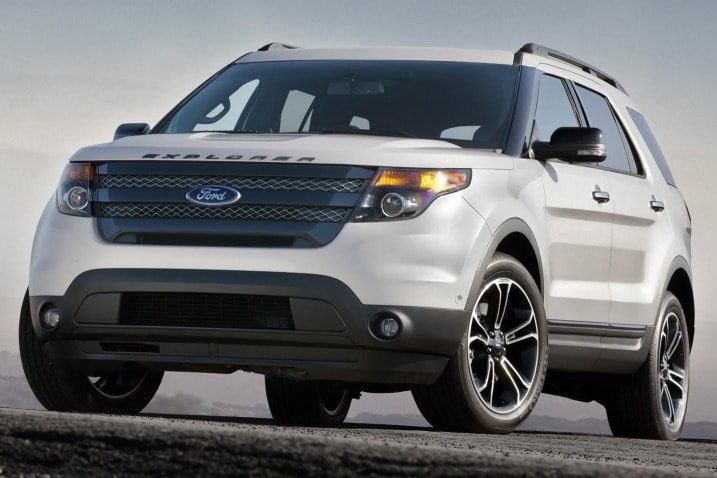What's Behind the Pick-Up in Popularity
Better performance and consumer demand for better fuel economy aren't the only reasons for broader turbo adoption, however.
Carmakers are under pressure from the government to deliver higher fuel economy in their overall vehicle fleets. By 2016, the U.S. car and light-truck fleet must reach an EPA goal of 35.5 mpg. That figure rises to 54.5 mpg by 2025. Because vehicles for the 2016 model year are in the final design and engineering stages right now, the pressure is on and the turbo is helping automakers succeed by permitting the use of smaller engines for fuel efficiency while providing the power for all-around drivability that Americans demand.
Sources including IHS Global Insight Automotive and BorgWarner predict that 98 percent of total global engine growth through 2016 will be in two-, three- and four-cylinder engines. In the U.S. and Canada, the growth will primarily be four-cylinder engines, while some three-cylinder engines are coming to the market as well. Ford, for instance, introduced a turbocharged, 1.0-liter, three-cylinder EcoBoost engine option with the 2014 Ford Fiesta. And a turbocharged three-cylinder gas engine provides a key element of the new BMW i8 plug-in hybrid sports car's powerful gas-electric drive system.
Audi, General Motors and Volkswagen also have three-cylinder engines either in development or in production in European models. And when the engine must be small but the vehicle must be big, there you'll find an opportunity for a turbocharger.
More Money
No technology is perfect, and it should be no surprise that turbocharging has negative consequences as well as positive ones. To begin with, a turbo adds cost to a car. Because turbo models often come with additional equipment and special sporty trim packages, it is hard to pin down exactly how much the turbocharging system itself adds to the cost of a vehicle, but estimates range between $500 and $2,000.
Grissom, of BorgWarner Turbo Systems, says that's cheaper than adding a battery pack and electric motor to a car in order to improve fuel economy, which is what hybrids do. When the payback period for some of the hybrids on the road today can extend to as long as a decade, this is an important point. Moreover, battery packs entail a significant weight and packaging penalty that turbochargers sidestep.
Historically, turbo engines generally required high-octane fuel, which has an associated higher cost.
"Manufacturers are aware of the resistance of the American consumer in the bread-and-butter price range," says Jason Kavanagh, engineering editor for Edmunds.com. "Consumers are very sensitive to this octane issue. They are not big on paying more for higher octane. It's a real factor for consumers."
Thanks to ever more sophisticated electronics (and a new set of priorities), many of today's turbocharged engines can run low-octane fuel. It's not a cut-and-dried issue, however. Some turbocharged engines are more octane-sensitive than others, says Kavanagh. A few years ago, Edmunds.com tested the turbocharged Chevrolet Cruze in the desert heat on 87 octane fuel, "and did notice that the heat had an impact on both the performance and the fuel economy. We got 15 percent better fuel economy as well as improved performance and drivability when we switched from 87 octane to 91," Kavanagh recalls.

